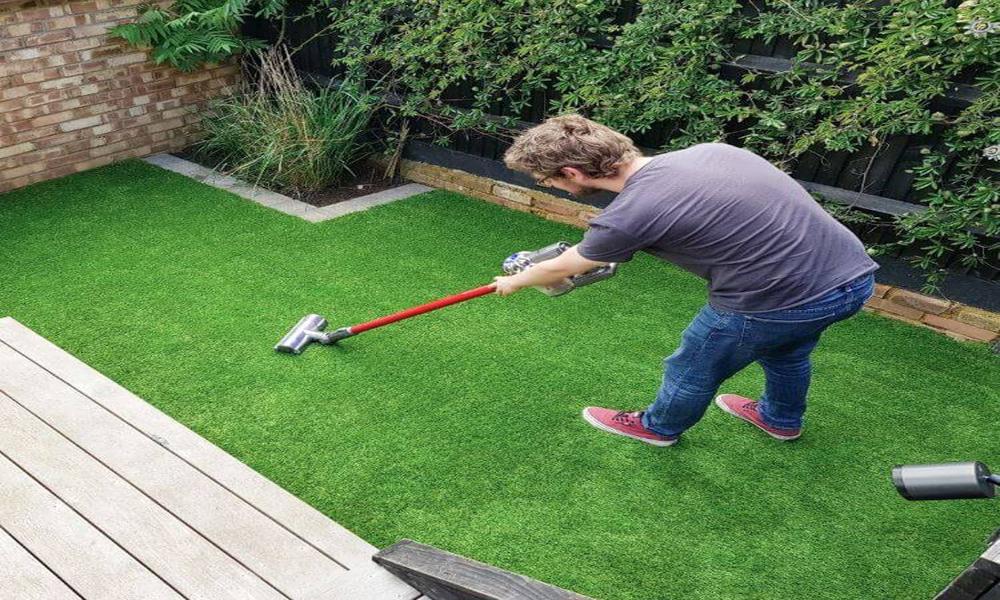Here are some unheard ways to achieve greater artificial grass:
Choose the Right Infill: Infill is the material that is added to artificial grass to provide stability and cushioning. Choosing the right infill can make a big difference in the overall performance of your artificial grass. Some options include sand, rubber, or a combination of both.
Proper Installation: Proper installation is essential to ensure the longevity and performance of your artificial grass. Make sure to have a professional install your artificial grass to avoid any issues.
Add a Shock Pad: Adding a shock pad under your artificial grass can help to absorb impact and provide extra cushioning, making it more comfortable to walk and play on.
Choose the Right Pile Height: Pile height refers to the length of the grass fibers. Choosing the right pile height can help to improve the overall look and feel of your artificial grass.
Consider Drainage: Proper drainage is essential to prevent water from pooling on your artificial grass. Make sure that your installation includes adequate drainage to avoid any issues.
What Everyone Ought To Know About ARTIFICIAL GRASS
Durability: Artificial grass is highly durable and can last for up to 15-25 years with proper maintenance. It is resistant to wear and tear, fading, and weather conditions.
Low Maintenance: Unlike natural grass, artificial grass requires little to no maintenance. You just need to brush it occasionally to keep the fibers upright.
Water Conservation: Since artificial grass doesn’t require any watering, it can help you conserve water, making it an excellent choice for regions facing water scarcity.
Environmental Impact: Artificial grass is made from synthetic materials that don’t biodegrade. However, it can be recycled and repurposed. It also doesn’t require any harmful pesticides or fertilizers, making it environmentally friendly.
Pet-Friendly: Artificial grass is pet-friendly and can withstand the wear and tear caused by pets. It is also easy to clean, and you don’t have to worry about your pets digging holes in your lawn.
ARTIFICIAL GRASS Strategies For Beginners
Choose the right type of artificial grass: There are many different types of artificial grass available, each with its unique features and benefits. Make sure to choose a type of artificial grass that is appropriate for your climate, usage needs, and budget.
Prepare the installation area: Before you can install your artificial grass, you’ll need to prepare the area where it will be placed. This involves removing any existing grass or debris, leveling the ground, and adding a layer of crushed stone or sand to provide a stable base.
Install the artificial grass correctly: Follow the manufacturer’s instructions carefully when installing your artificial grass. This typically involves laying out the grass, cutting it to fit, and securing it in place using adhesive or stakes.
Maintain your artificial grass regularly: Although artificial grass requires much less maintenance than natural grass, it still needs some attention to keep it looking its best. This includes regularly brushing the grass to keep the fibers upright and removing any debris or leaves that may have accumulated on the surface.

